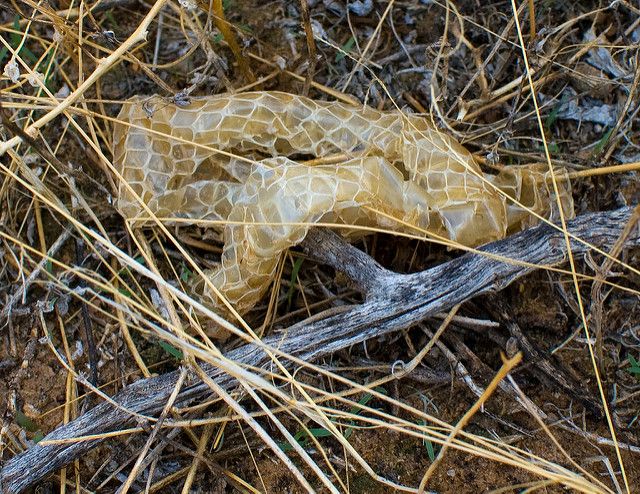Reptiles are the vertebrate animals that creep on the ground.
Some of them are terrestrial, while others live in water.
There are a wide variety of reptiles in nature.
And they have a worldwide distribution. But some of them are specifically limited to a few countries.
They form an important part of the food chain both on the land and in water.
Some of them are even taken as a diet in some parts of the world by man.
The morphology of reptiles is similar to other animals like birds and mammals.
They have similar organs and organ systems.
List of Reptiles Characteristics
1. Poikilotherms
- The temperature of the animal changes as per the surrounding temperature.
- Unlike in humans and mammals, where the temperature is fixed, these do not have the need.
- So it makes them be compatible with all-weather conditions comparatively.
- Also, a few of them are ectotherms, i.e., they gain heat through the external environment.
But few exceptions are like a leatherback sea turtle, which is endothermic.
2. Heart
- Most reptiles have a three-chambered heart, unlike humans and mammals.
- In mammals, the heart is four-chambered.
- There are two auricles and two ventricles dividing the heart into four chambers.
- In reptiles, the heart has three chambers viz. two auricles and one ventricle.
- Thus it can be assumed that they are not well developed in anatomy like mammals.

But crocodiles are an exception to this. They have a four-chambered heart like mammals.
3. Oviparous and viviparous
- Most reptiles are oviparous animals. That is, they lay eggs and breed their young ones.
- Most snakes, lizards, crocodiles, alligators, turtles, tortoises are oviparous.
- Those living in the sea like turtles come to the shore and lay their eggs in burrows.
- Once these eggs hatch and baby turtles arise, they move back to sea.

- But few reptiles are also viviparous. That is, the babies develop in the mother and come out as live ones like in mammals.
Examples of these reptiles include Green anaconda and boa constrictors in snakes and Jackson’s chameleons among lizards.
4. They are single sexual animals.
- That is, there are individual males and females among reptiles.
- During the reproduction period, males and females come together to mate to exchange gametes.
5. Carnivores
- Most reptiles are carnivorous in nature. Except for sea turtles and tortoises, which feed on leaves and plants, all the other reptiles are carnivores.
- Lizard feed on insects, snakes feed on small mammals like rats, amphibians like frogs, and even birds. In comparison, crocodiles feed on animals, birds.
6. Rigid dorsal surface
- Their dorsal surface is quite rough and rigid. In snakes, lizards, alligators, there are scales, while in tortoise, the surface is hard. And their entire body is covered by scales.
7. Ecdysis/ skin shedding
- Reptiles have the habit of shedding their skin. This process is also called as Ecdysis.
- Snakes and some lizards shed their entire skin at regular intervals. This removes the uppermost layer of skin, which is worn.
- This process helps the animal to get rid of parasites on it.

In other lizards, the skin is shed off in patches.
- While in crocodiles and alligators, the skin is shed as individual scales.
- Since their scales on the surface a bigger, they shed their scales by rubbing onto trees or the ground.
- This makes the skin surface even harder. Hence skin of reptiles is tough and has a huge demand in the leather industry.
8. Four legs
- All the reptiles have four legs for moving. One exception to this feature is snakes.
- Reptiles move around by creeping over the ground or surfaces. The ones in the water can swim with their legs.
- Due to a lack of legs, snakes move with the help of rib bones on the ventral side of their body.
- Another interesting feature of these legs is they act as pads in a few lizards. Due to these pads, lizards tend to fix themselves to the walls at heights without falling down due to gravity.
Frequently asked questions and answers
-
Are turtles lizards
No, they are not lizards
-
Do crocodiles have backbones
Yes, they have a backbone
-
Do reptiles have mammary glands
Mammary glands are absent in reptiles. Mammary glands are present only in viviparous animals. That is mammals give birth to fully formed babies and they have mammary glands.
Snakes don’t have four legs, therefore this is inaccurate